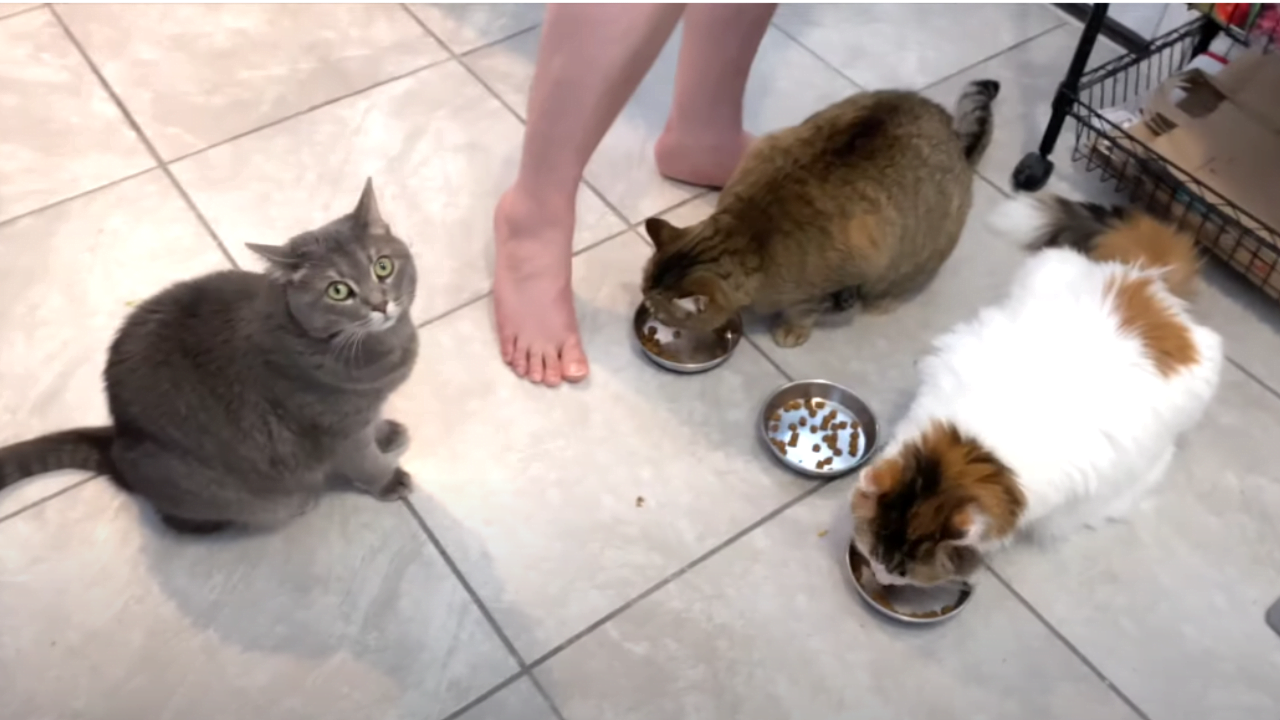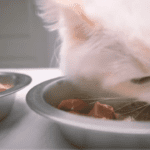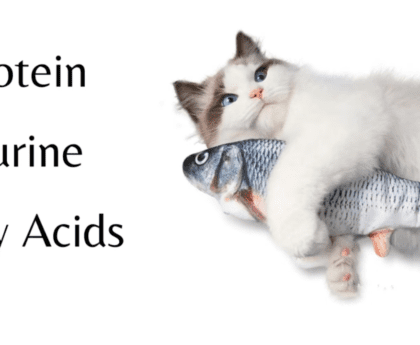- Rise and Dine: What Do Cats Eat for Breakfast?
- Feline Instincts
- Commercial Cat Food
- Homemade Meals
- Raw Food Diet
- Special Dietary Considerations
- Commercial Cat Food
- Homemade Meals
- Raw Food Diet
- Conclusion
- FAQs
- 1. Can I feed my cat human breakfast foods like eggs or bacon?
- 2. Is it safe to feed my cat a raw food diet?
- 3. How often should I feed my cat breakfast?
- 4. What should I do if my cat has specific dietary requirements?
- 5. Can I switch my cat’s food abruptly, or should I do it gradually?
- 6. Are there any foods that are toxic to cats?
- 7. How can I ensure my cat stays hydrated?
- 8. Is it necessary to feed my cat at the same time every day?
- 9. What signs should I look for to ensure my cat is getting the right nutrition?
- 10. Can I give my cat treats for breakfast?
Rise and Dine: What Do Cats Eat for Breakfast?
Cats are known for their independent and mysterious nature, and their dietary preferences are no exception. While they may not sit down to a formal breakfast like humans, their morning routine often involves some key dietary choices. In this article, we’ll explore what cats typically eat for breakfast.
Feline Instincts
Carnivorous Predators
Cats are obligate carnivores, which means their diet primarily consists of meat. Their evolutionary history as hunters has shaped their dietary needs. In the wild, cats would typically hunt small prey such as birds, rodents, and insects.
Commercial Cat Food
Dry vs. Wet Food
Many cat owners opt for commercial cat food, which comes in two main forms: dry kibble and wet canned food.
Dry Kibble
Dry cat food is convenient and has a longer shelf life. It often contains a mixture of meat, grains, and other ingredients. However, it’s essential to choose high-quality dry food with a high protein content.
Wet Canned Food
Wet cat food has a higher moisture content, which can be beneficial for a cat’s hydration. It typically contains meat or fish in gravy or jelly form. This option closely resembles the moisture content of a cat’s natural prey.
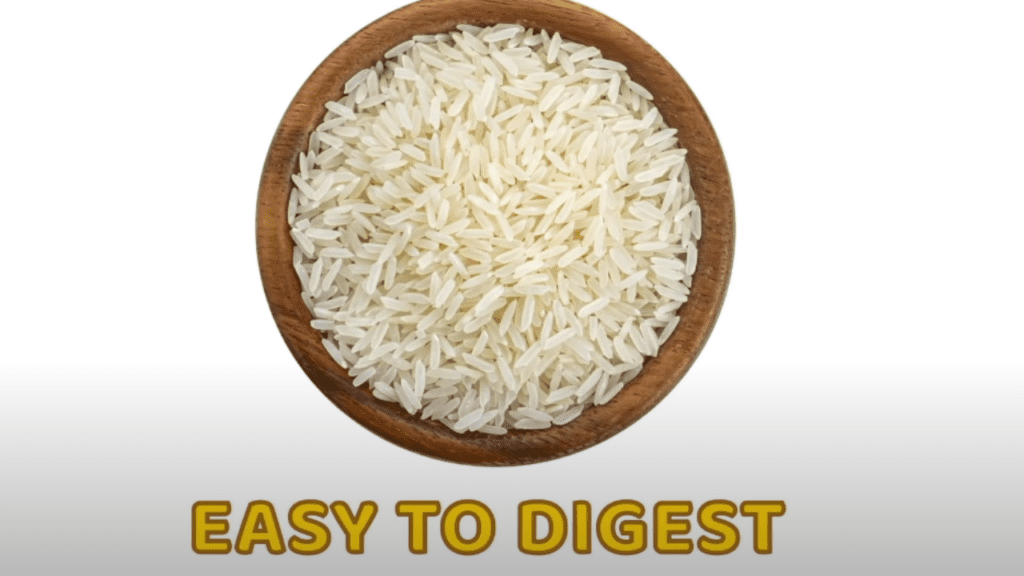

Homemade Meals
A Personalized Touch
Some cat owners prefer to prepare homemade meals for their furry friends. These meals can include cooked chicken, turkey, or other lean meats. It’s crucial to consult with a veterinarian to ensure a balanced and nutritious diet.


Raw Food Diet
A Controversial Choice
A small but dedicated group of cat owners opt for a raw food diet, also known as a “raw feeding” or “BARF” (Bones and Raw Food) diet. This diet consists of uncooked meat, bones, and organs. However, it can be challenging to balance properly and poses potential health risks.
Special Dietary Considerations
Age and Health
A cat’s dietary needs may change with age and health conditions. Kittens, for instance, require a diet rich in protein and nutrients for growth, while older cats may need specialized diets to address issues like weight management or kidney disease.
| Cat Breakfast Option | Pros | Cons |
|---|---|---|
| Commercial Cat Food | – Convenient | – Quality varies |
| – Balanced nutrition | – May contain fillers | |
| – Long shelf life | – Some cats may be picky | |
| Homemade Meals | – Personalized nutrition | – Requires time and effort |
| – Control over ingredients | – Requires consultation with a vet | |
| – Freshness and variety | ||
| Raw Food Diet | – Mimics a cat’s natural diet | – Risk of bacterial contamination |
| – Potential health benefits | – Challenging to balance properly | |
| – Enhanced coat and dental health | – Requires careful sourcing of ingredients |
Now, let’s delve into the details of each option:
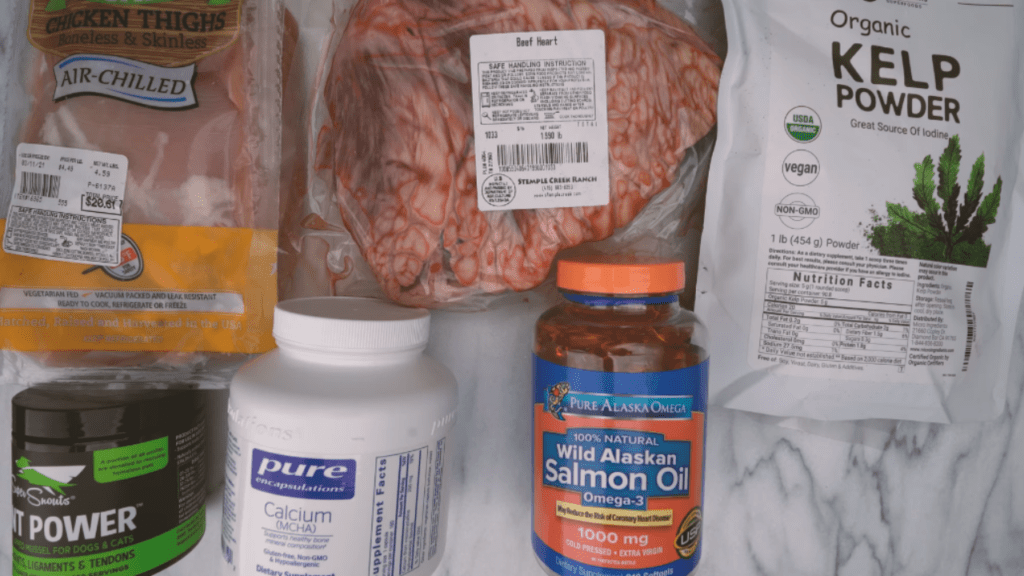

Commercial Cat Food
Pros:
- Convenient: Commercial cat food is readily available in stores and online, making it a convenient choice for many cat owners.
- Balanced Nutrition: High-quality commercial cat food is formulated to provide all the essential nutrients your cat needs.
- Long Shelf Life: Dry kibble has a longer shelf life than other options, reducing the risk of food spoilage.
Cons:
- Quality Varies: Not all commercial cat foods are created equal. The quality of ingredients and nutritional value can vary significantly between brands.
- May Contain Fillers: Some lower-quality cat foods contain fillers like corn or wheat, which provide little nutritional value.
- Some Cats May Be Picky: Cats can be finicky eaters, and not all will readily accept every brand or flavor of commercial cat food.
Homemade Meals
Pros:
- Personalized Nutrition: Preparing homemade meals allows you to tailor your cat’s diet to their specific needs and preferences.
- Control Over Ingredients: You have complete control over the quality and type of ingredients used.
- Freshness and Variety: Homemade meals can provide fresh, diverse, and less processed options for your cat.
Cons:
- Requires Time and Effort: Preparing homemade cat meals can be time-consuming, especially if you’re cooking from scratch.
- Requires Consultation with a Vet: It’s essential to consult with a veterinarian to ensure your homemade meals meet your cat’s nutritional requirements.
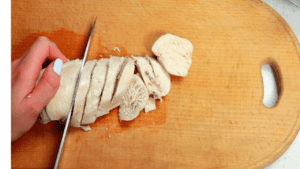

Raw Food Diet
Pros:
- Mimics a Cat’s Natural Diet: A raw food diet closely resembles what cats would eat in the wild, which some believe can be beneficial.
- Potential Health Benefits: Advocates of raw feeding claim it can improve coat condition, dental health, and overall vitality.
- Enhanced Coat and Dental Health: Raw diets may contribute to healthier skin and fur and cleaner teeth.
Cons:
- Risk of Bacterial Contamination: Raw meat carries a risk of bacterial contamination, which can pose health hazards to both cats and humans.
- Challenging to Balance Properly: Creating a well-balanced raw diet for cats can be challenging, and improper formulations can lead to nutritional deficiencies.


Conclusion
While cats may not have a traditional breakfast like humans, their morning meals are essential for their health and well-being. As obligate carnivores, they thrive on a diet rich in meat-based proteins. Whether you choose commercial cat food, homemade meals, or a raw food diet, it’s vital to prioritize their nutritional needs to ensure they rise and dine happily and healthily.
FAQs
1. Can I feed my cat human breakfast foods like eggs or bacon?
While small amounts of cooked eggs or lean meat can be an occasional treat, it’s essential to consult with a veterinarian before introducing human foods into your cat’s diet.
2. Is it safe to feed my cat a raw food diet?
Feeding a raw food diet to a cat can be risky due to the potential for bacterial contamination and nutrient imbalances. Consult with a veterinarian before making this dietary choice.
3. How often should I feed my cat breakfast?
Most cat owners feed their cats multiple small meals throughout the day, so there isn’t a specific “breakfast” time. It’s more about dividing their daily food intake into several portions.
4. What should I do if my cat has specific dietary requirements?
If your cat has special dietary needs due to age or health conditions, consult with a veterinarian to create a tailored meal plan that meets those requirements.
5. Can I switch my cat’s food abruptly, or should I do it gradually?
It’s generally recommended to introduce any dietary changes gradually to prevent digestive upset. If you plan to switch your cat’s food, mix a small amount of the new food with the old food and gradually increase the proportion of the new food over several days.
6. Are there any foods that are toxic to cats?
Yes, several foods can be toxic to cats, including chocolate, onions, garlic, grapes, raisins, and certain artificial sweeteners. It’s crucial to keep these items out of your cat’s reach.
7. How can I ensure my cat stays hydrated?
Cats often have a low thirst drive, so it’s essential to provide fresh and clean water daily. Some cats prefer running water, so a cat fountain can encourage them to drink more.
8. Is it necessary to feed my cat at the same time every day?
While a strict schedule isn’t required, feeding your cat at roughly the same times each day can help establish a routine and make mealtime more predictable for them.
9. What signs should I look for to ensure my cat is getting the right nutrition?
Monitor your cat’s weight, coat condition, energy levels, and overall health. If you notice any significant changes, consult with your veterinarian to ensure your cat’s diet is meeting their nutritional needs.
10. Can I give my cat treats for breakfast?
Treats can be a part of your cat’s diet, but they should be given in moderation. Overindulgence in treats can lead to weight gain and nutritional imbalances, so it’s best to limit them.

